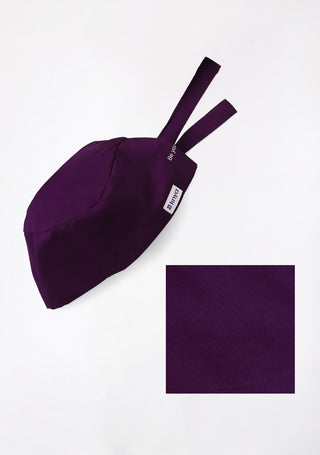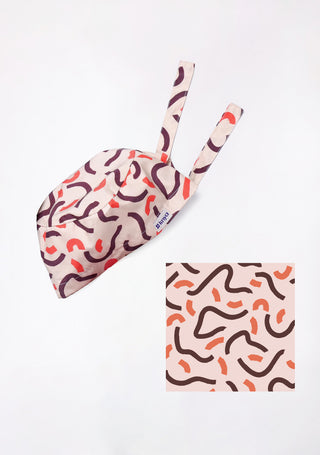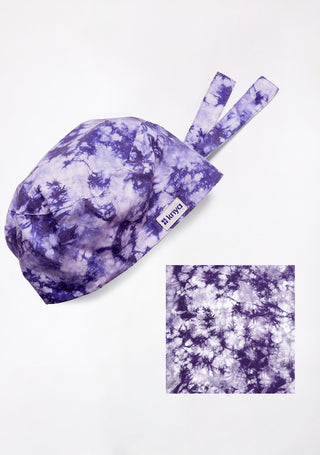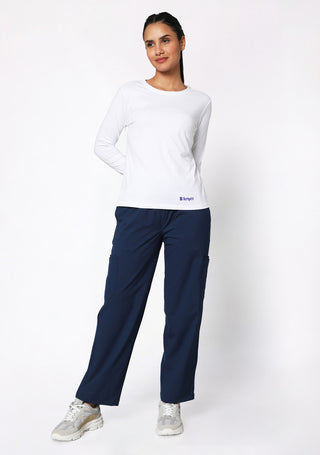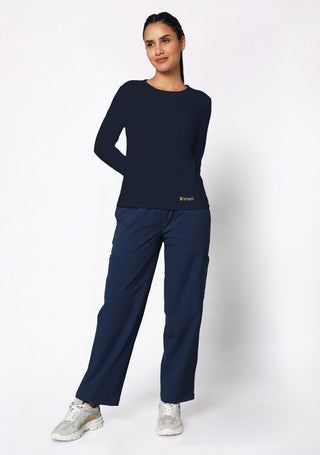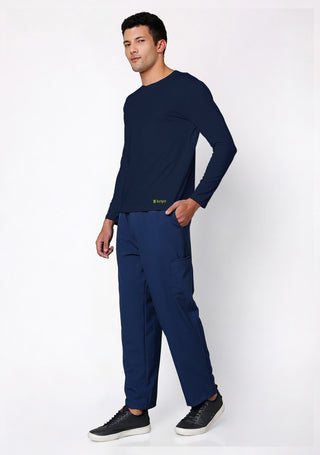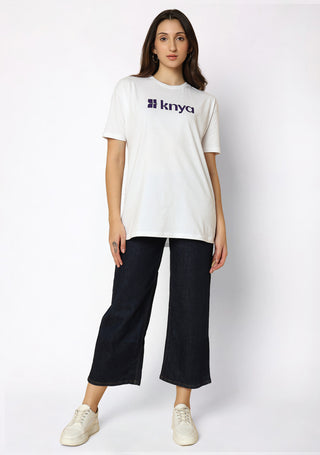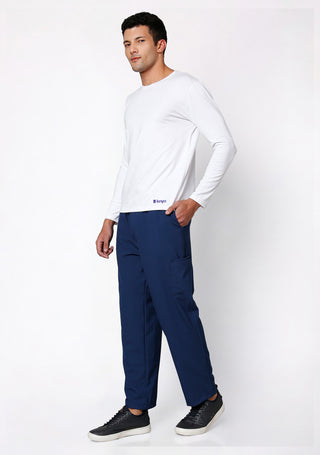In the healthcare world, uniforms do more than cover; they communicate care, competence, and calm. Yet not every department speaks the same uniform language. The scrubs that light up a pediatric ward wouldn’t make the cut in a sterile surgical room, and for good reason.Whether you’re comforting a crying child or preparing for a complex procedure, your uniform plays a silent but powerful role in how you perform. Let’s explore how pediatric and surgical teams can tailor their apparel choices to suit their unique environments without sacrificing comfort or style.
Ready to explore our amazing scrubs collection? Browse the best here.
Pediatric Staff: Comfort Meets Compassion
Pediatric professionals are the heart of warmth and empathy. They work in a world where smiles heal faster than medicine, and clothing can play a role in creating a friendly, non-threatening atmosphere.
Color & Design: Pediatric uniforms often embrace bright, cheerful hues, think light blue, lavender, or even fun prints featuring animals or cartoons. These choices help ease children’s fears and make hospital visits less intimidating. Studies even show that playful patterns can improve pediatric patient cooperation!
Fabric & Fit: Comfort is key in pediatrics. Staff are constantly moving, bending down to talk to children, carrying supplies, or working on the floor. Lightweight, stretchable, and breathable fabrics like polyester-cotton blends or spandex-enhanced scrubs work best.
Practical Features: Pockets are every pediatric nurse’s secret weapon. Deep, well-placed pockets for essentials like bandages, pens, and stickers make the uniform both functional and fun. And don’t forget durability kids tug, spill, and surprise you in every possible way!
Surgical Teams: Precision in Every Stitch
When it comes to surgical uniforms, the motto is clear function over flair. In the operating room, sterility, safety, and focus take precedence over aesthetic expression.
Color & Tone: Surgical scrubs are traditionally green or blue. These colors aren’t random; they help reduce eye strain under bright surgical lights and improve contrast with red tones, enhancing a surgeon’s focus.
Fabric & Hygiene: Surgical uniforms must meet high hygiene standards. They’re typically made from antimicrobial, fluid-resistant materials that can withstand frequent high-temperature washing or autoclaving. Breathable yet dense weaves prevent contamination while ensuring comfort during long procedures.
Fit & Simplicity: Minimalism is key. The fit should allow easy movement without being baggy, reducing contamination risks. Limited pockets and ties ensure the uniform remains sterile and snag-free. And of course, no jewelry, perfumes, or accessories just focus and function.
The Common Ground: Professionalism and Performance
Despite their differences, pediatric and surgical uniforms share the same foundation of comfort, confidence, and cleanliness.A good uniform helps medical professionals perform their best by eliminating distractions. Whether it’s a pediatric nurse crouching beside a child or a surgeon handling precision tools, both rely on freedom of movement, breathable fabrics, and secure fits.
While scrubs are essential for daily duties, lab coats offer the added protection and authority needed in clinical environments.
Matching the Mood: Dress for the Department
Choosing a uniform isn’t just about fabric; it’s about fitting into the emotional tone of your workspace.
-
Pediatric Units: Go for color, comfort, and a touch of fun. Choose scrubs that are soft, easy to move in, and express positivity.
- Surgical Units: Stick to sterile simplicity. Opt for technical fabrics, muted tones, and designs focused on precision and protection.
By aligning your uniform with your department’s energy, you not only enhance performance but also help create an atmosphere that benefits both staff and patients.
Final Thoughts
From the lively laughter in a pediatric ward to the quiet intensity of an operating room, medical uniforms are an unsung part of the healing process. They mirror the professionalism, empathy, and purpose that define each department.So, whether you’re brightening a child’s day or saving a life in surgery, choose attire that supports your role, reflects your environment, and reminds you why you do what you do.

